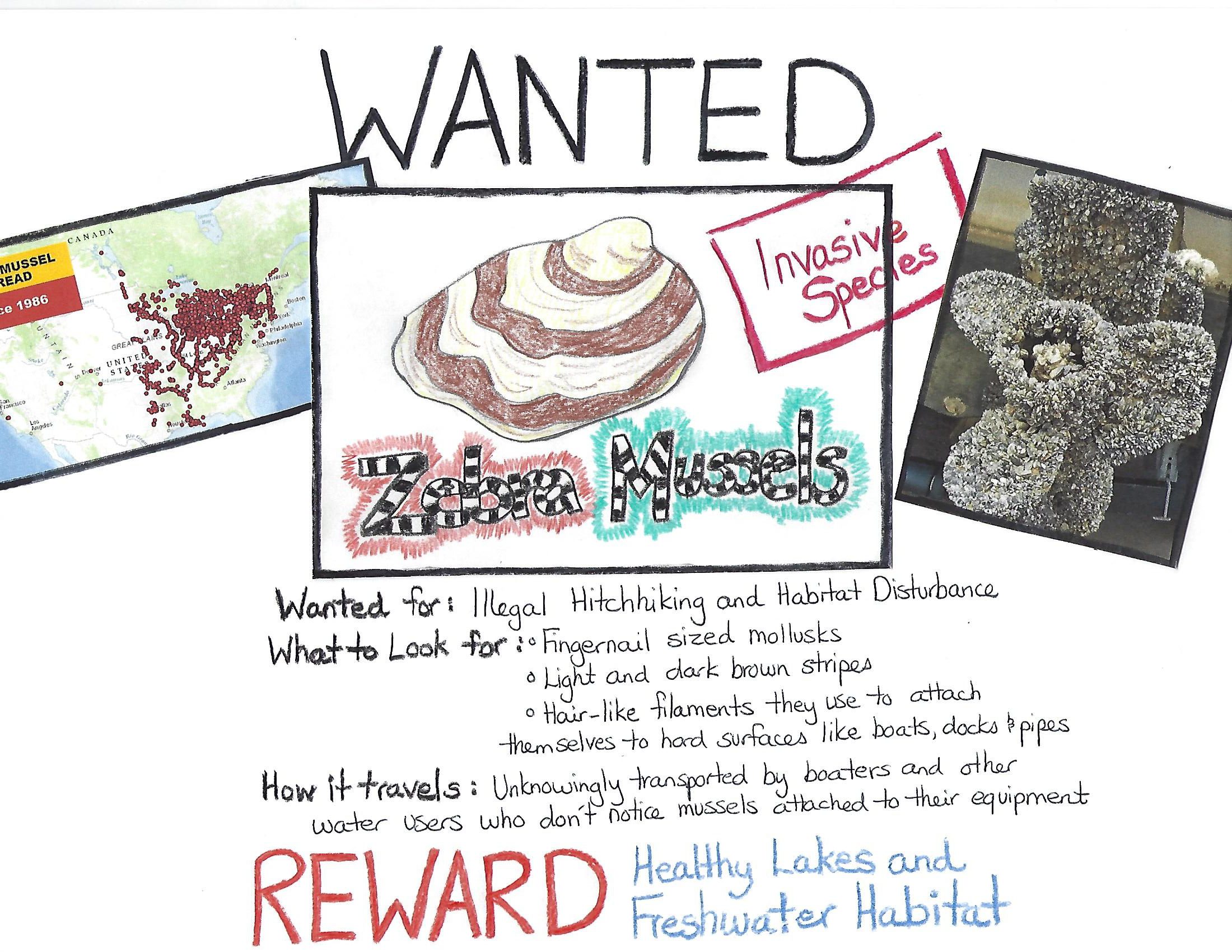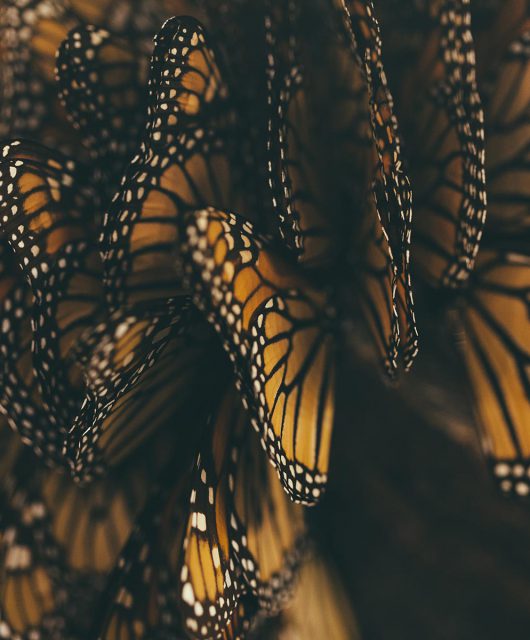Weekly Wild Update
Alien invaders have landed!
We’re not talking about the kind from outer space, but the kind right here on Earth. What happens when plants and animals are introduced outside of their normal geographic range? How do they spread and how do they impact native habitats?
Your at-home alien exploration starts here! These educational resources help shine the spotlight on invasive species – both on land and in aquatic environments – and get kids thinking about what they can do to help.
Watch

Something’s fishy in Canada’s lakes and rivers! Join CWF and our partner, the Centre for Global Education, as we investigate the impact of invasive species on aquatic habitats.
During this live webinar Nicholas Lapointe, CWF Freshwater Biologist, will shed light on how invasive species, such as the Northern Snakehead, can cause problems for other plants and animals. We’ll also talk about what you can do to help protect habitats from these alien invaders!
This webinar is targeted at students in grades 2 to 9, but all ages are welcome to join.
Invasive Species: Something Fishy in Canada’s Lakes & Rivers
Thursday, April 16, 2020
9:00 a.m. PT/12:00 p.m. ET
Register for an on-camera spot
Join the livestream
Learn
Kids can become alien experts with the help of these hands-on, curriculum-linked activities! Test their knowledge with a card-matching game or have them survey their own neighbourhood for signs of invasive species. Using what they’ve discovered, kids can then take the next step by developing a plan for combatting invasive species in their own community!

- Aliens Among Us – Who are Canada’s alien invaders and how did they get here? This resource introduces learners to the impacts of invasive species.
- Accidental Tourists – Test your knowledge of how invasive species travel with this hands-on card matching game!
- Alien Impacts – Through a real-life (or virtual) field trip, kids research the presence of native and non-native species in their own area and report back on their findings.
- Set the Restoration Cycle in Motion – Challenge kids to take their research a step further and get creative by developing a community action plan to prevent, control and monitor the spread of invasive species and restore native habitats!
Do

With these tasty recipes you can “bite” back against an alien plant that was introduced by European settlers back in the mid-1600s – dandelions! High in vitamins, dandelions are one of the earliest plants to bloom in the spring and can be found throughout the summer.
Get Outside

Take your alien exploration outside with these three simple activities that can be done from a balcony, backyard or on a walk around your neighbourhood.
- Look for something that doesn’t normally occur in nature. How did it get there?
- Go for a long walk. When you get home, check the bottom of your shoes. Did any plants or seeds hitch a ride home with you?
- Imagine that you are an alien from outer space. How would you describe some of Earth’s plants and animals to your friends back home? Draw a picture or create a postcard.
Don’t miss a Weekly Wild update! Sign up for free at the Canadian Wildlife Federation’s Reconnecting Canadians.
How did these activities go? Do you have your own activities to share? Connect with us in the comments below or on social media using #WeeklyWILD.



